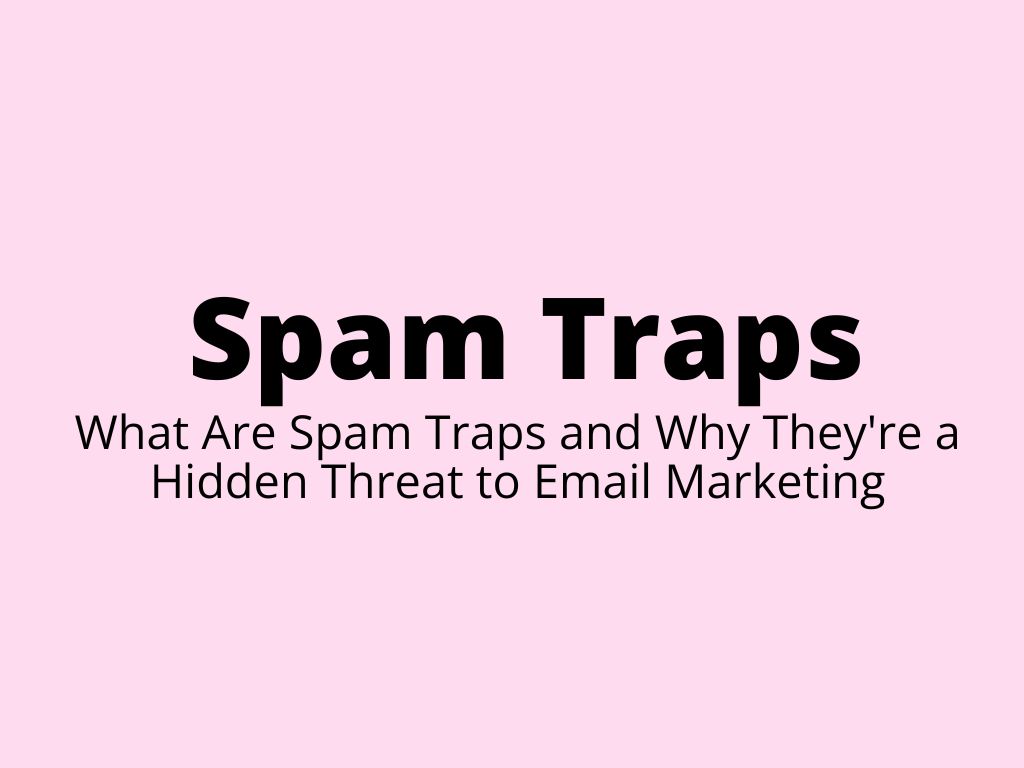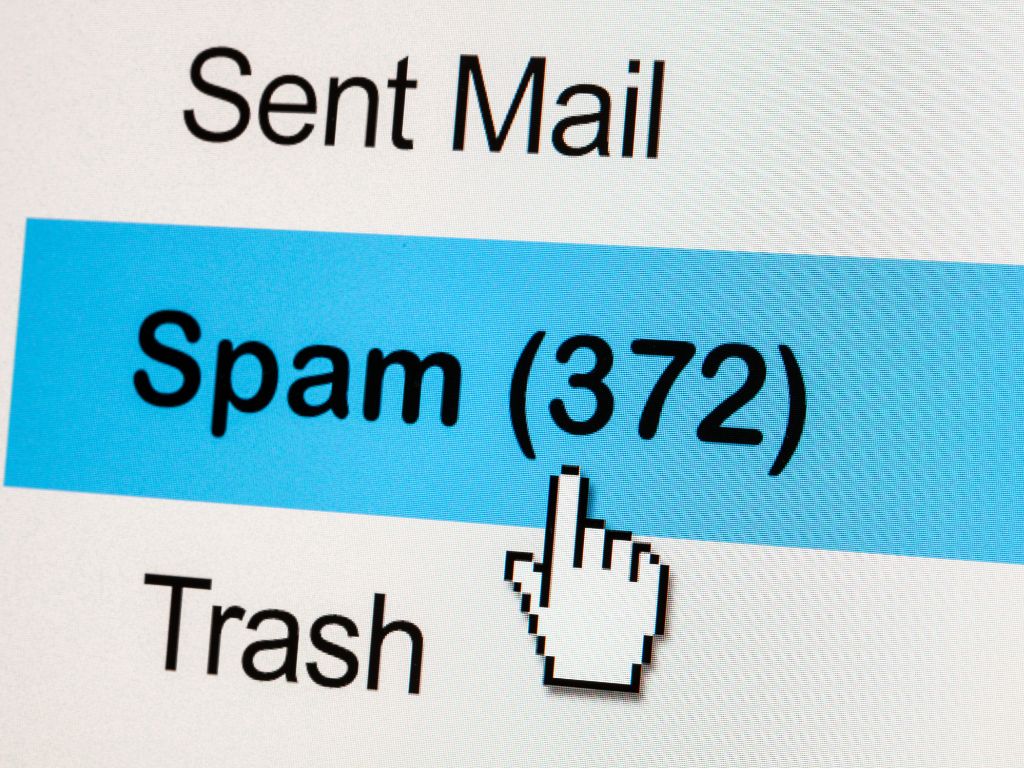
Spam Traps – What Are Spam Traps and Why They’re a Hidden Threat to Email Marketing
Spam traps are specially created email addresses designed to identify unsolicited email senders. These sophisticated tools, employed by email service providers and anti-spam filters, help determine who is sending emails without recipient consent. If you send commercial communications to a spam trap, the consequences can be severe: significantly reduced deliverability, domain blocking, or even permanent sending restrictions.
How Spam Traps Enter Your Database
Several common ways spam traps can infiltrate your email database include:
- Purchasing email contact databases – spam traps are frequently embedded in “for-sale databases” composed of addresses automatically collected from the internet by web crawlers. Never purchase email lists as this directly damages your domain reputation.
- Manual collection of contacts without consent – for example, copying addresses from third-party websites or public directories. With these emails, you never know whether they might be traps.
- Fake email submissions in registration forms – a competitor or a bot might deliberately enter a spam trap into your form. The only effective defense is implementing double opt-in, requiring users to confirm their interest in receiving emails by clicking a verification link.
- Outdated and inactive addresses – some email services (such as Yahoo or Hotmail) convert inactive mailboxes into spam traps after a period of inactivity. If you’re not maintaining an active database, you risk contacting such traps.
Types of Spam Traps

There are three main categories of spam traps, differing in their creation method and level of risk:
- Pristine Traps (Primary Traps) – these email addresses were never intended for real users. They were created exclusively to monitor spam senders. Any email sent to these addresses provides definitive evidence that you’re sending without consent – and the penalties are severe: from immediate blocking to permanent delivery blacklisting.
- Recycled Spam Traps – Addresses that previously belonged to real users but were deactivated and later converted into traps. These might include emails that were once legitimately in your database but abandoned by their owners. Continuing to contact such addresses indicates you’re neglecting database hygiene and not monitoring recipient engagement. The solution is regular reactivation campaigns and the removal of inactive contacts.
- Typo Spam Traps – For instance, a user might type
seynam.czinstead ofseznam.cz. Someone could register this misspelled domain as a trap. Implementing email syntax verification during registration and subsequent confirmation through double opt-in is recommended.
Implications of Hitting a Spam Trap
A “hit” refers to sending a commercial email (such as a newsletter) to a spam trap address. It doesn’t matter that the email doesn’t “bounce back” – some traps are configured to accept emails so the sender remains unaware of what happened.
Consequences may include:
- Deterioration of deliverability score
- All your emails are being classified as spam
- IP address or domain blocking
- Permanent blacklisting from Seznam.cz, Gmail, or other providers
For example, at Seznam.cz, hitting a pristine trap results in immediate blocking of your entire email campaign, which doesn’t even reach the spam folder but is discarded entirely.
How to Protect Against Spam Traps
- Never use purchased contact databases from questionable sources – besides often containing dead contacts, these pose legal risks and rarely provide worthwhile returns on investment.
- Always implement double opt-in – email registration confirmation is essential.
- Regularly clean your database – remove inactive contacts, especially those who haven’t opened an email in more than 6 months.
- Conduct reactivation campaigns – give contacts the opportunity to confirm they still want to receive your emails.
- Check for typos in new registrations – ideally in real-time.
- Monitor bounce rates – high rates may indicate database problems.
- Utilize email validation tools – such as ZeroBounce, NeverBounce, Kickbox, and others.
Best Practices for Long-Term Email Reputation Management
Beyond the fundamentals mentioned above, maintaining a pristine sender reputation requires additional vigilance:
- Segment your audience – sending relevant content to specific audience segments improves engagement and reduces the likelihood of being marked as spam.
- Monitor engagement metrics – track open rates, click-through rates, and conversion metrics to identify potential deliverability issues before they escalate.
- Set up feedback loops – many major email providers offer feedback loop services that notify you when recipients mark your messages as spam.
- Implement sunset policies – establish clear criteria for when to stop sending to disengaged subscribers rather than continuing indefinitely.
- Authenticate your emails – properly configure SPF, DKIM, and DMARC records to verify your identity as a legitimate sender.
- Maintain consistent sending volume – sudden spikes in email volume can trigger spam filters, so scale your campaigns gradually.
- Conduct regular IP warming – when using new IP addresses, gradually increase sending volume to establish reputation before full-scale campaigns.
Technical Solutions for Spam Trap Prevention
Advanced marketers can implement several technical measures:
- Email verification APIs – integrate real-time verification services into your sign-up forms to reject invalid addresses immediately.
- Machine learning filters – utilize predictive algorithms to identify potential spam traps based on engagement patterns and email characteristics.
- Domain age verification – be wary of subscribing email addresses from newly registered domains, as these might be created specifically as traps.
- Regular penetration testing – consider hiring specialized services to test your email marketing system for vulnerability to spam traps.
Remember that maintaining email deliverability is an ongoing process requiring vigilance and adaptation to evolving anti-spam technologies. The investment in proper list hygiene and recipient consent ultimately yields higher ROI/marketing ROI through improved deliverability and engagement.
Was this article helpful?
Support us to keep up the good work and to provide you even better content. Your donations will be used to help students get access to quality content for free and pay our contributors’ salaries, who work hard to create this website content! Thank you for all your support!
This is one of those topics that doesn't get nearly enough attention. Most email marketers focus on open rates and subject lines, but spam traps can silently ruin everything behind the scenes. Really appreciated the clear explanation of how recycled vs. pristine traps work—had no idea the difference was that important. Definitely bookmarking this. It’s a must-read for anyone managing a growing email list. Thanks for breaking it down in such a practical way!
Reply